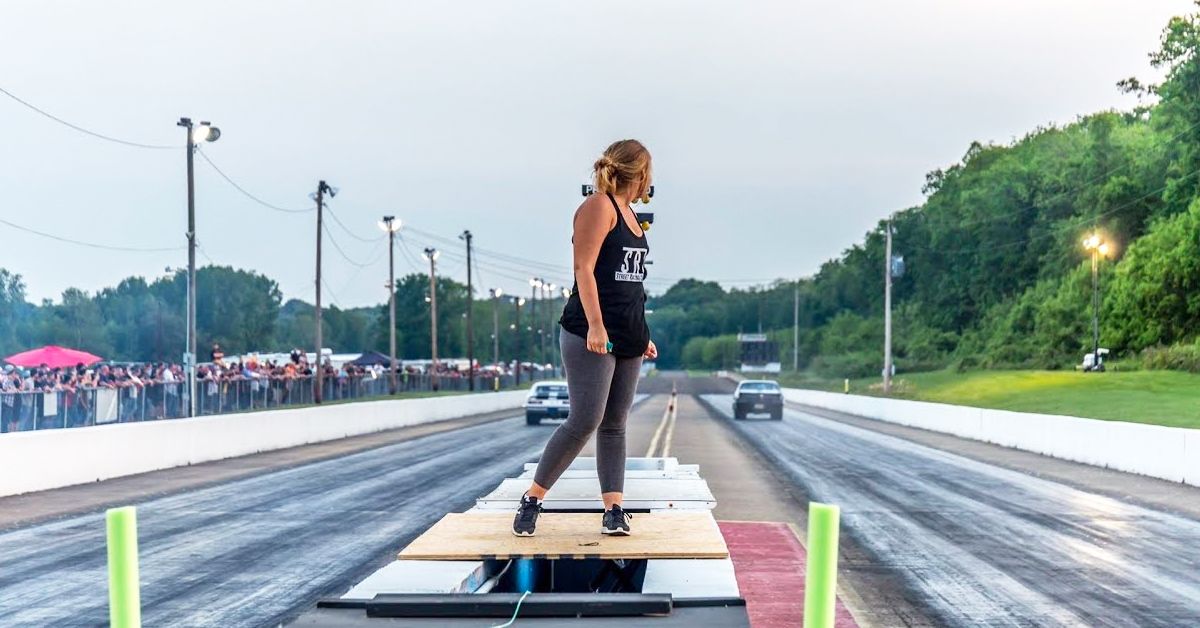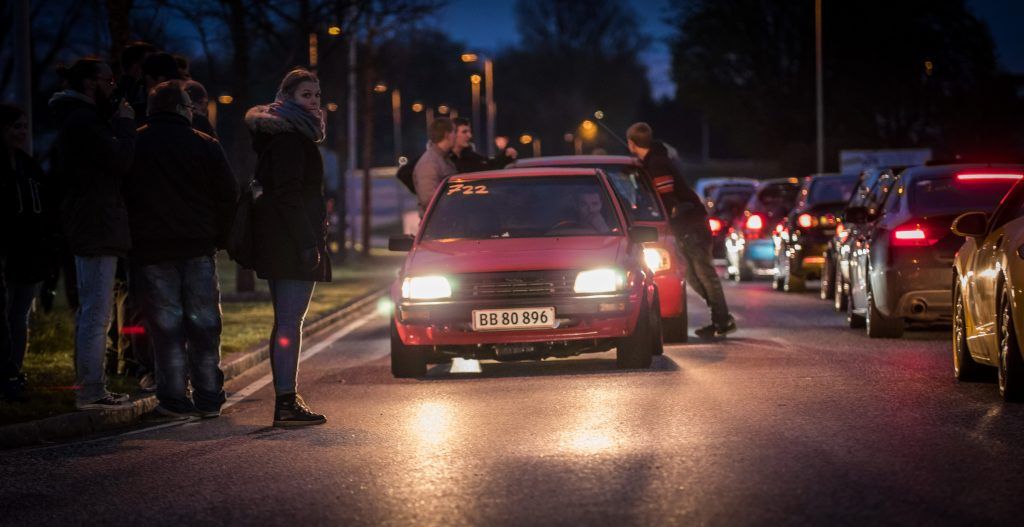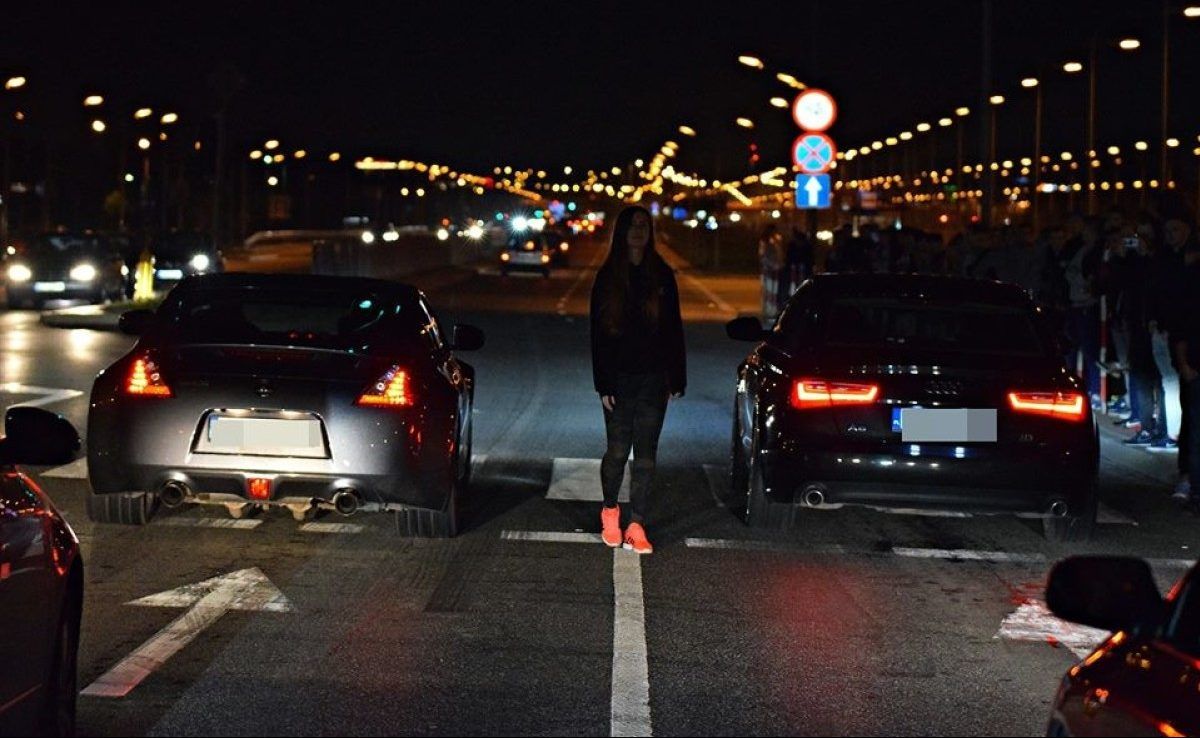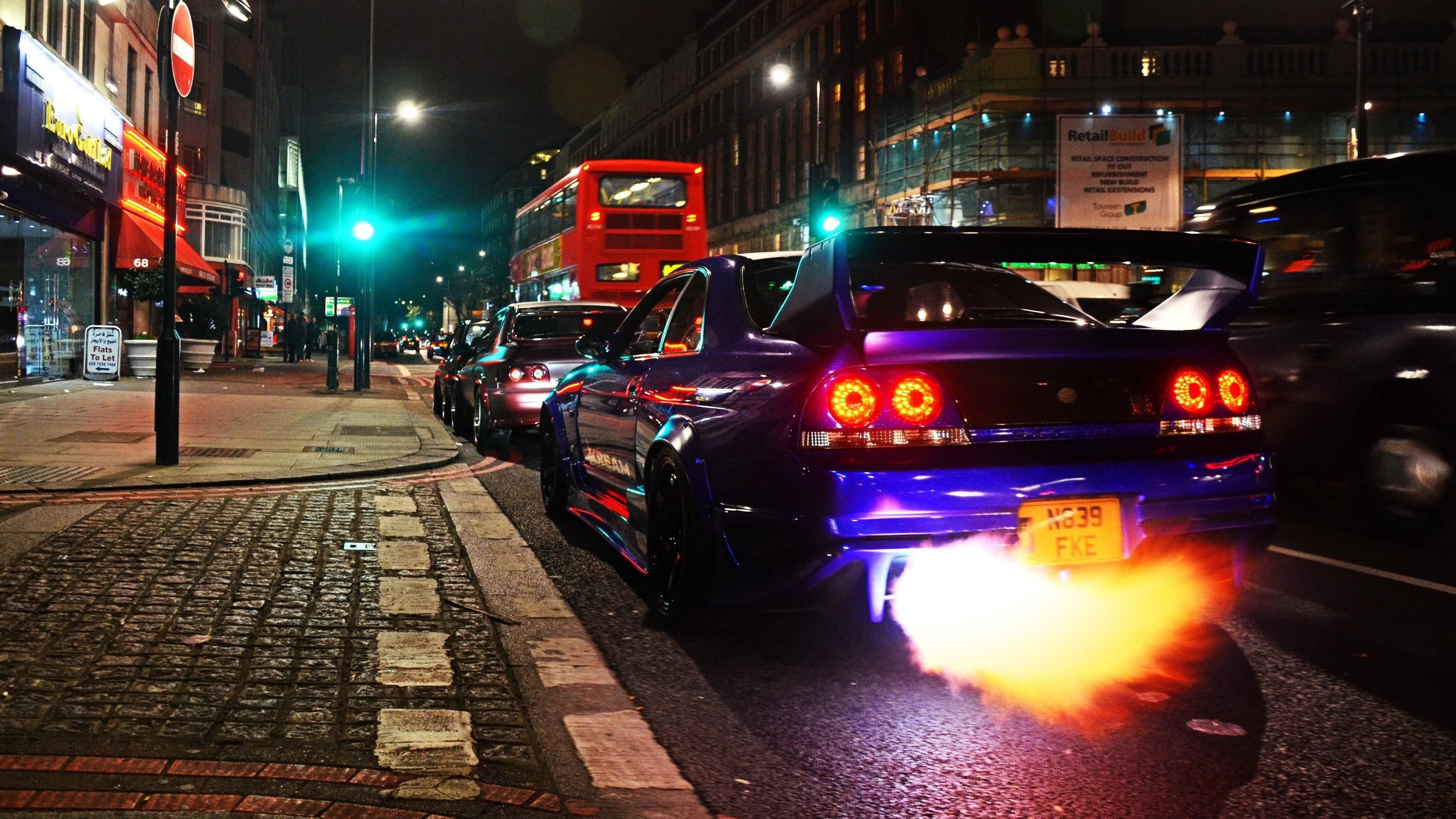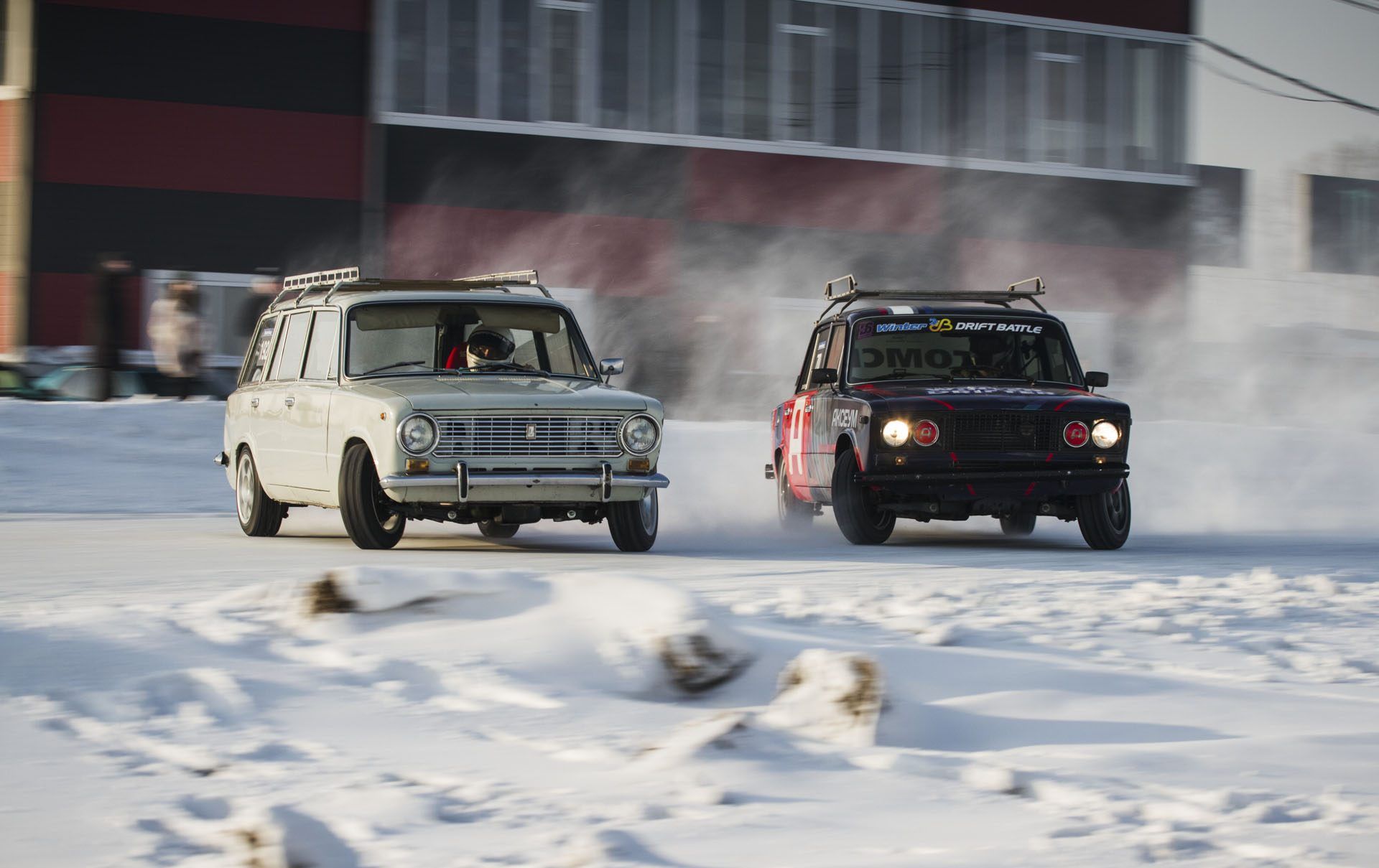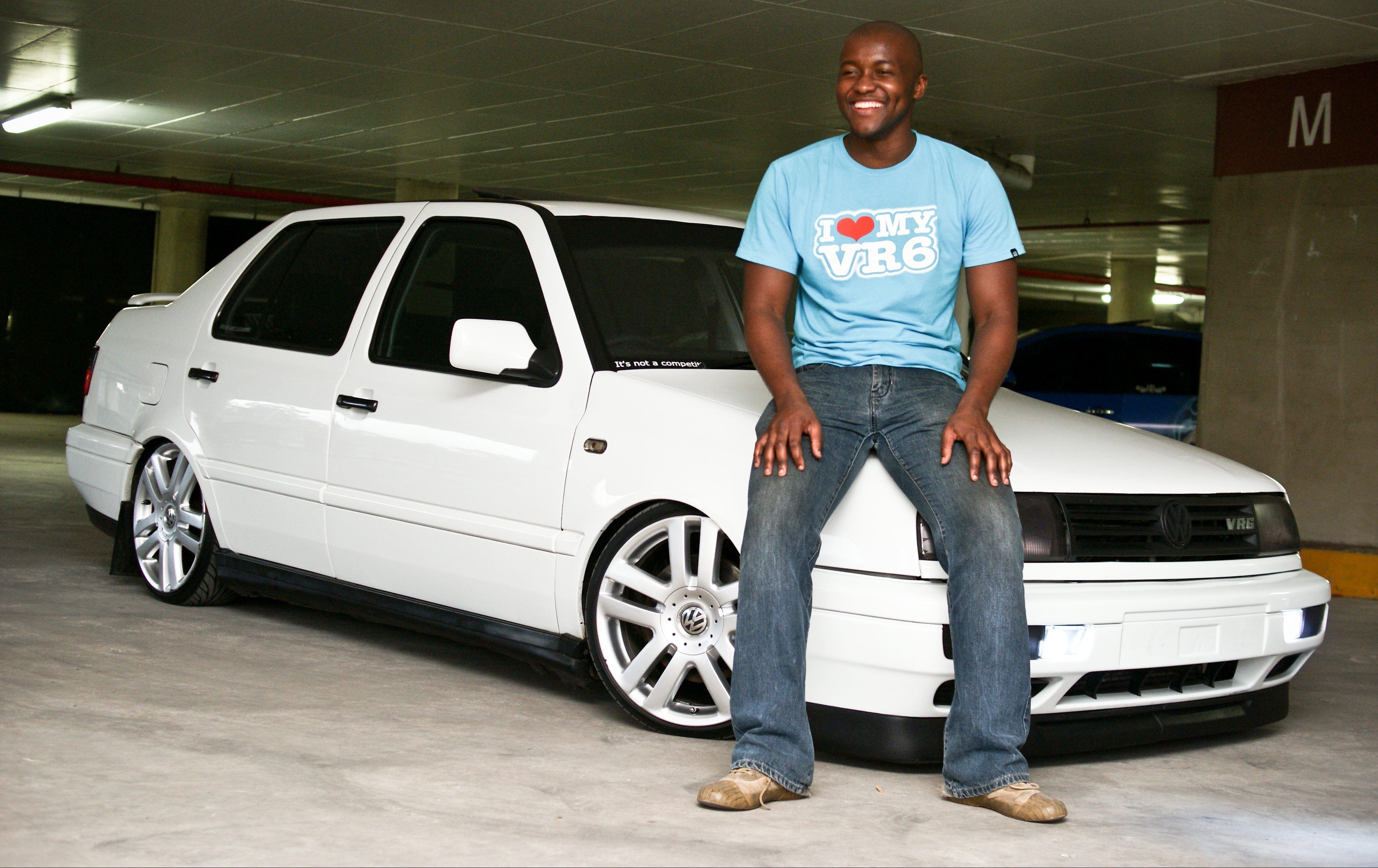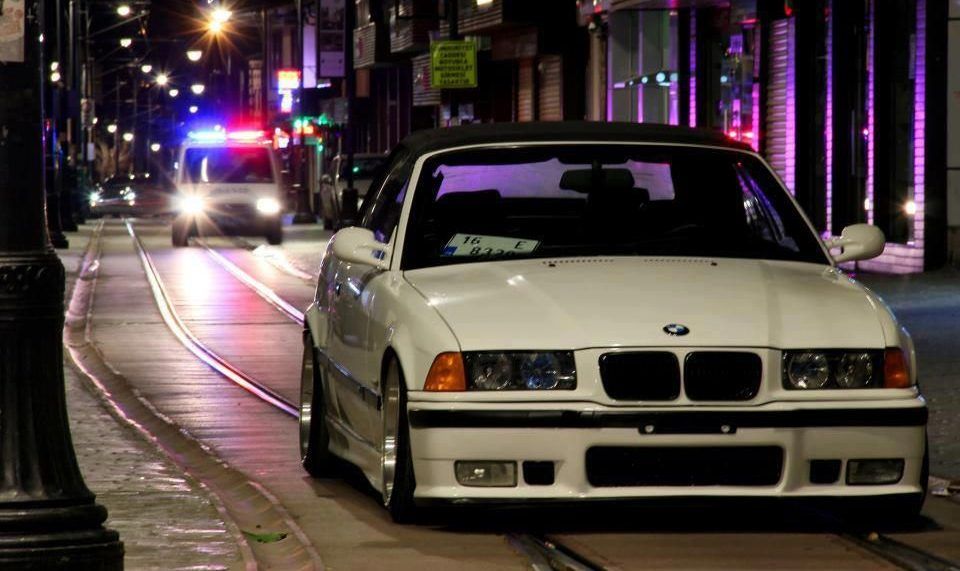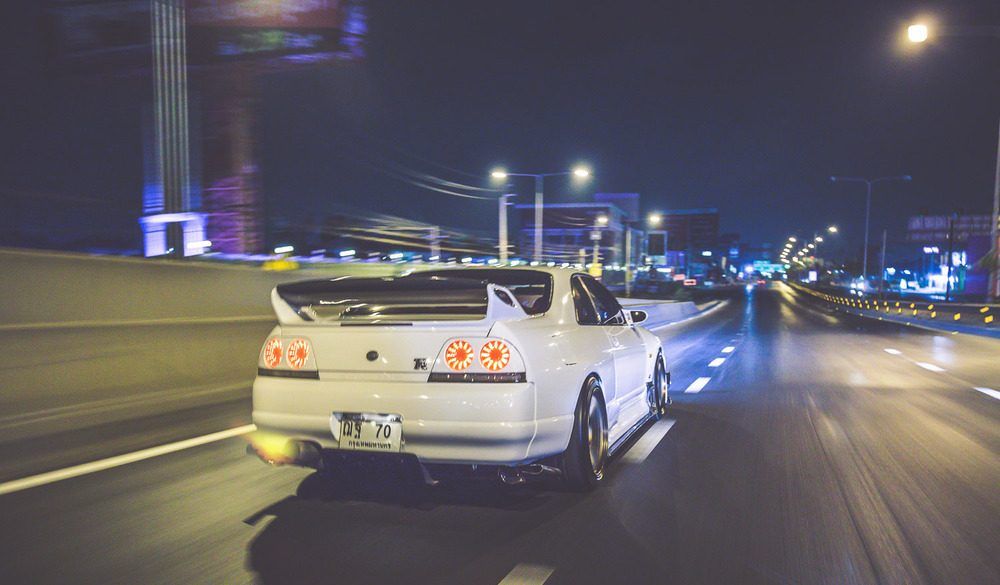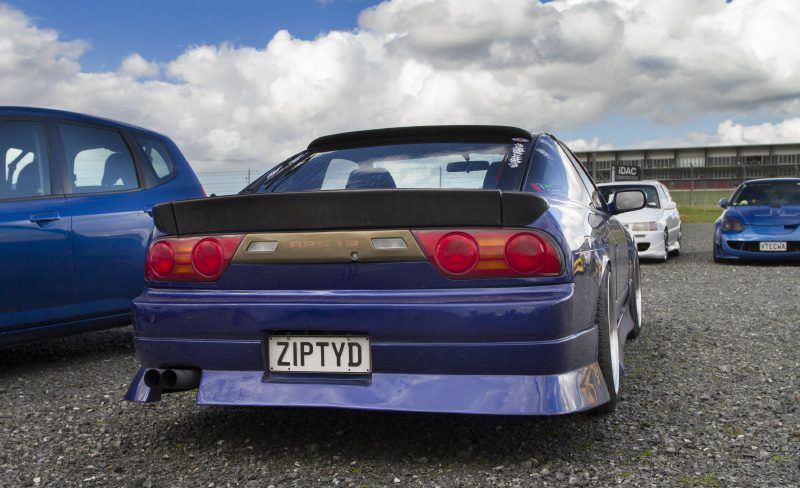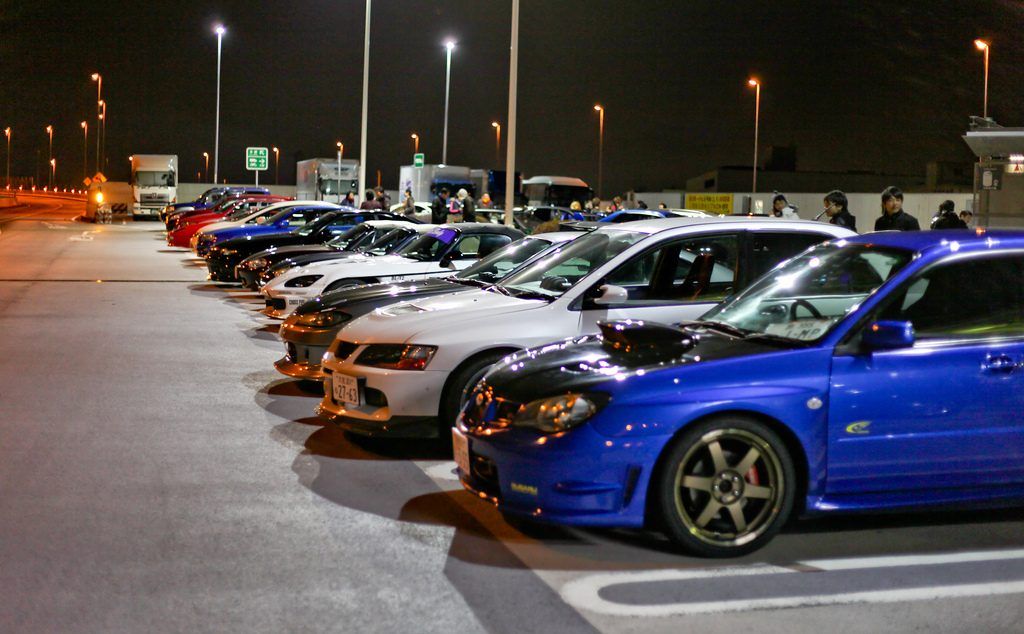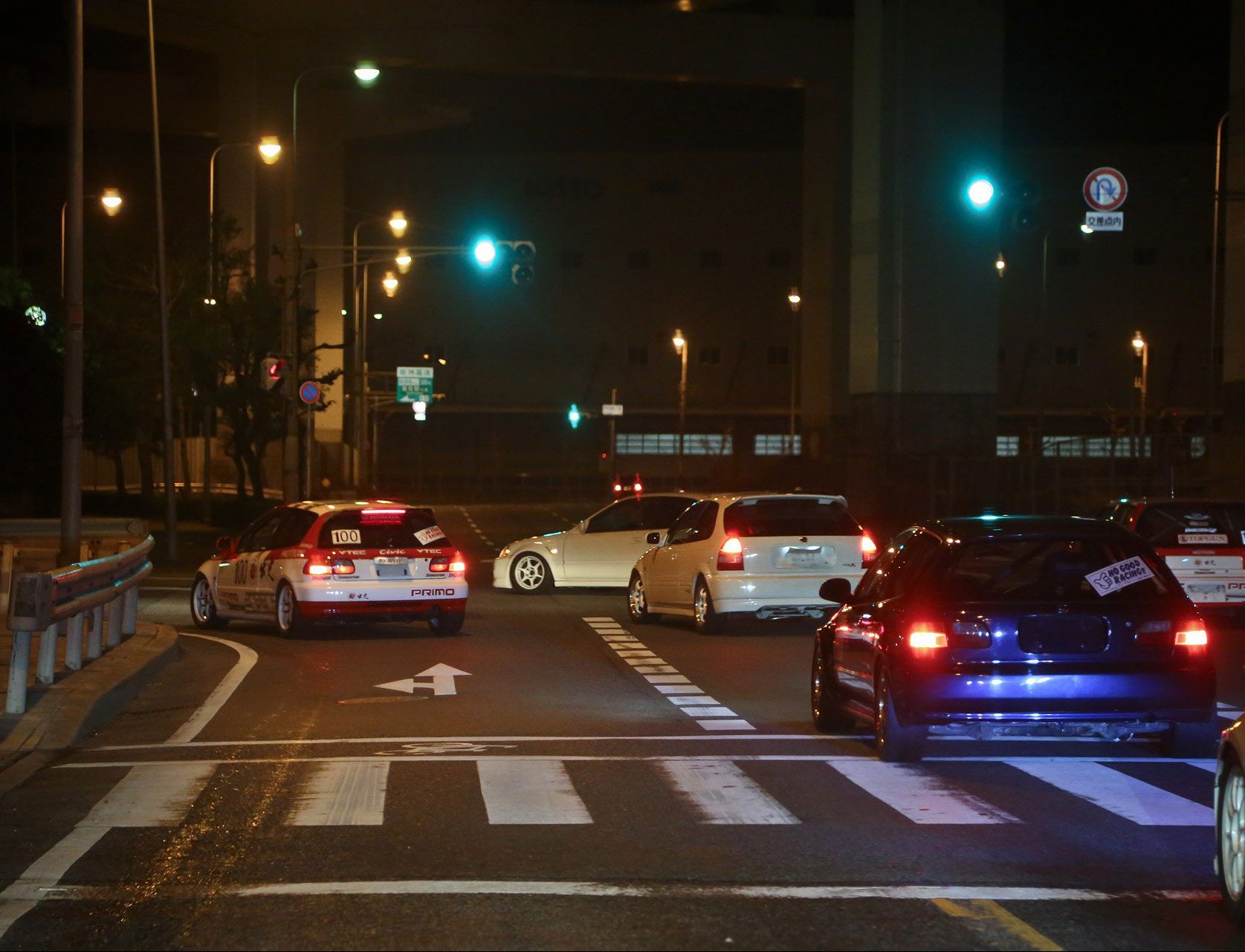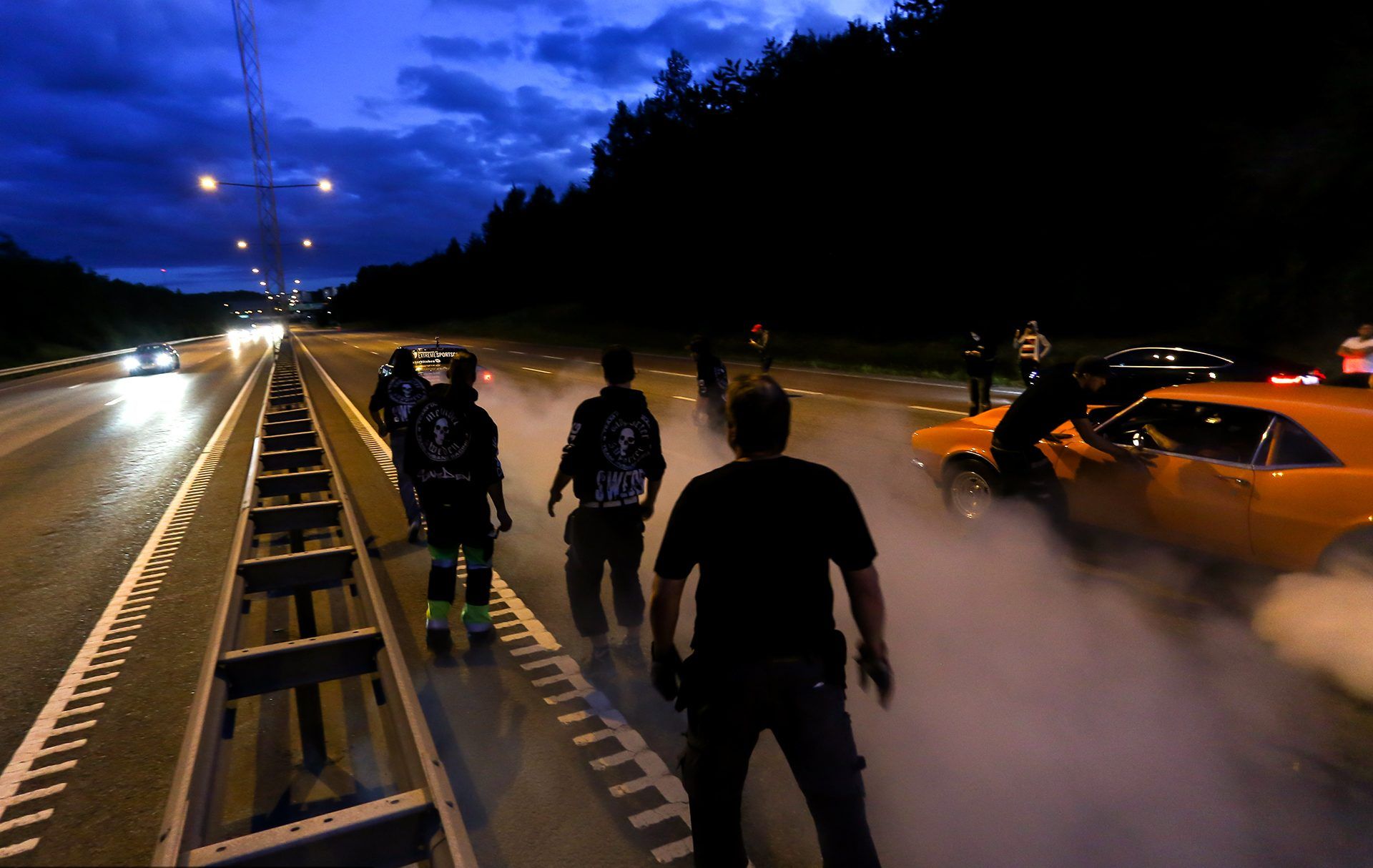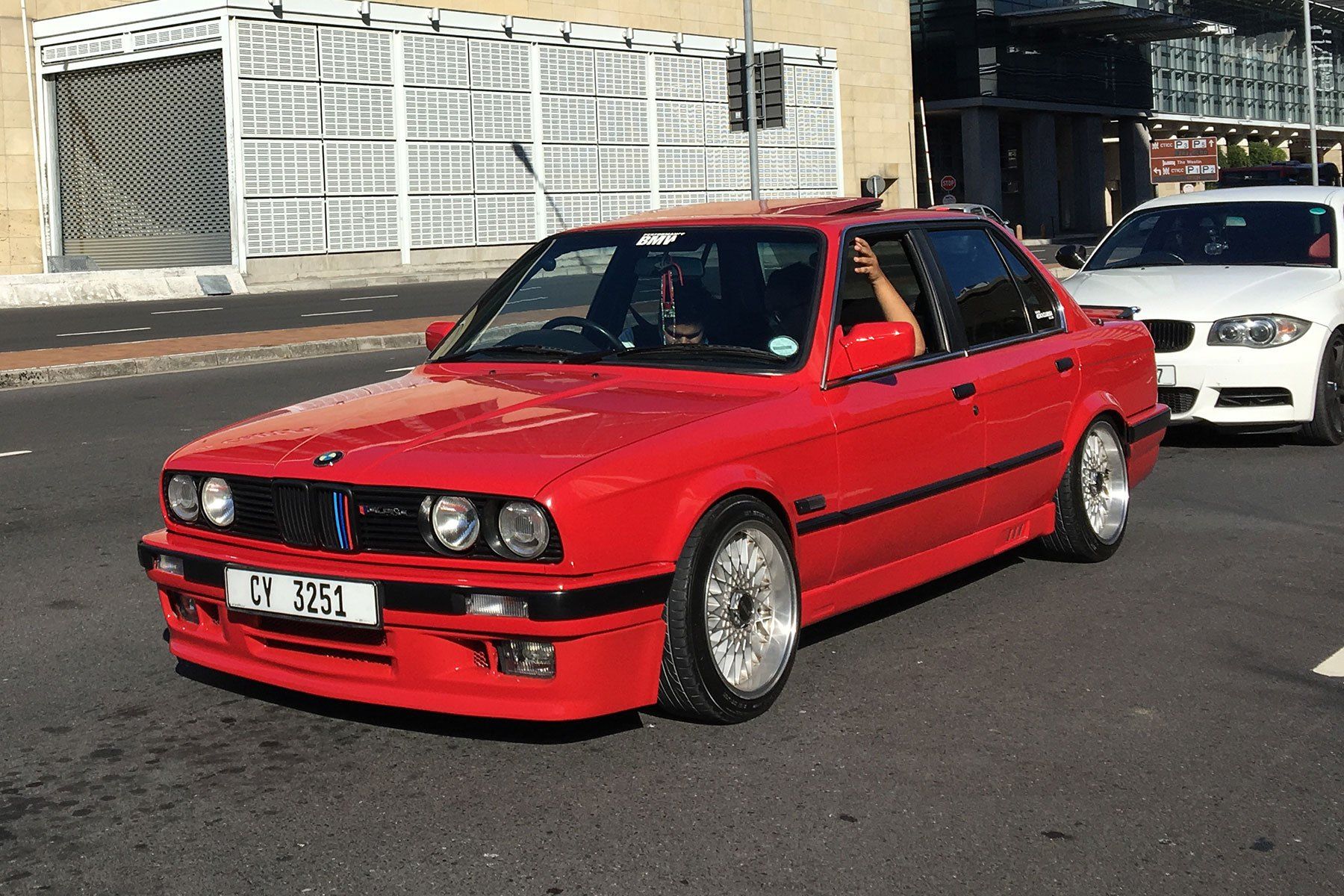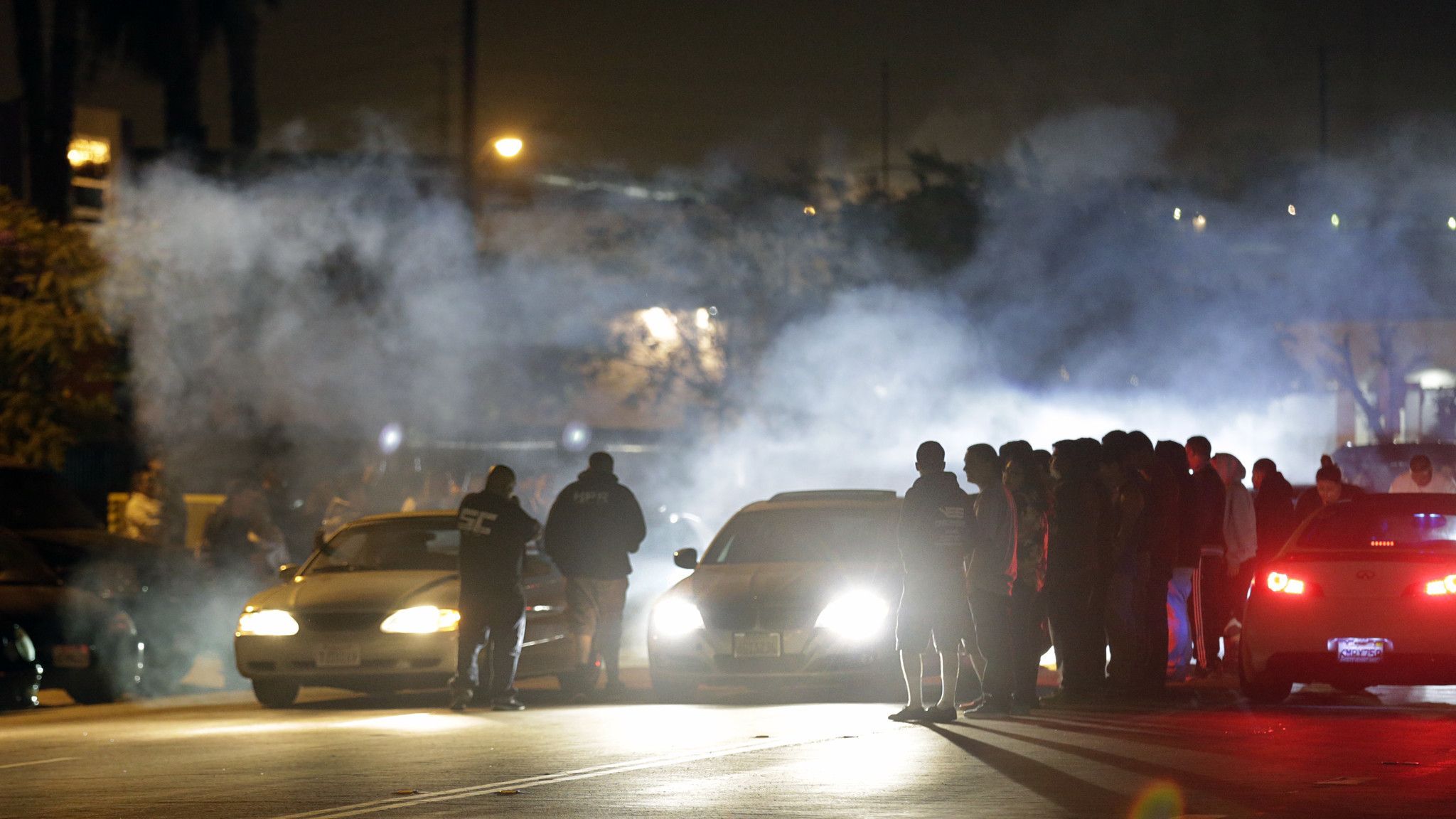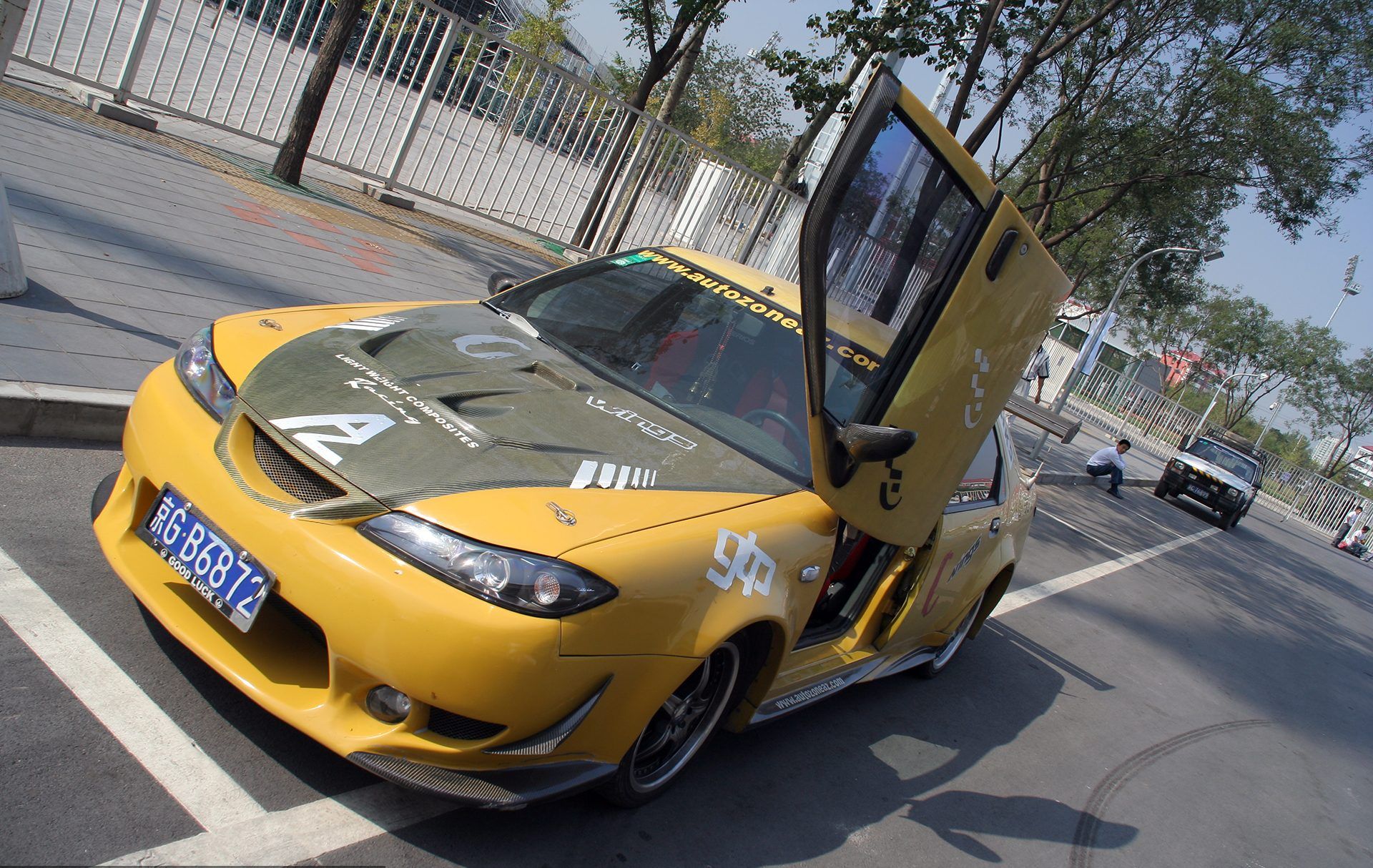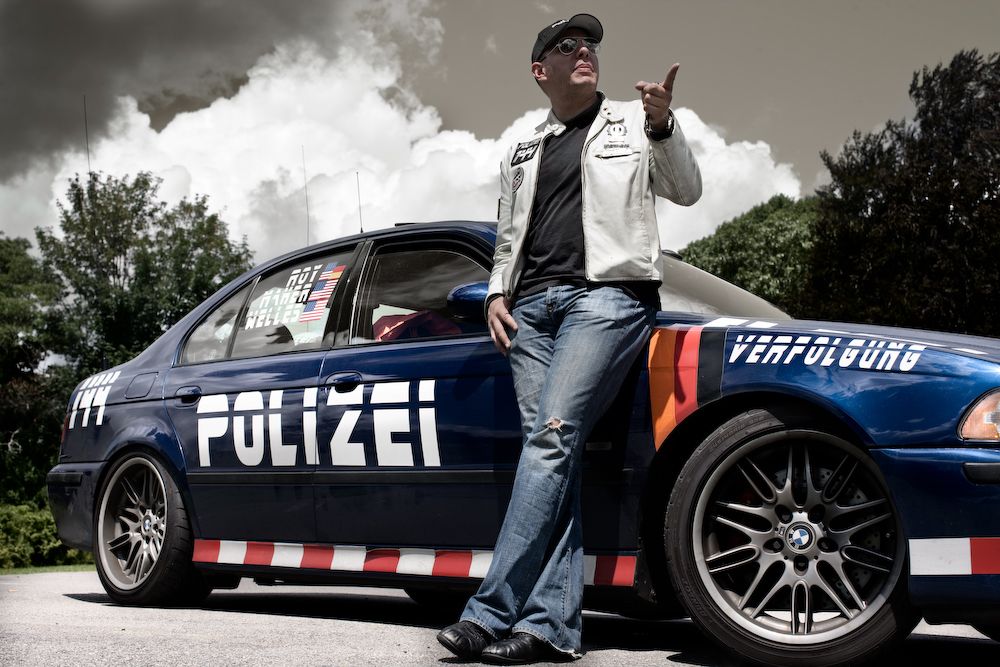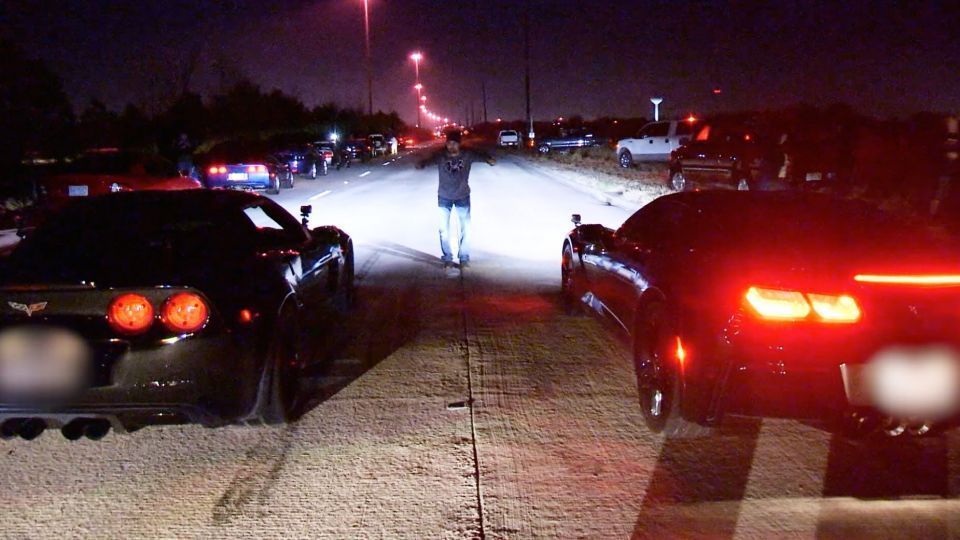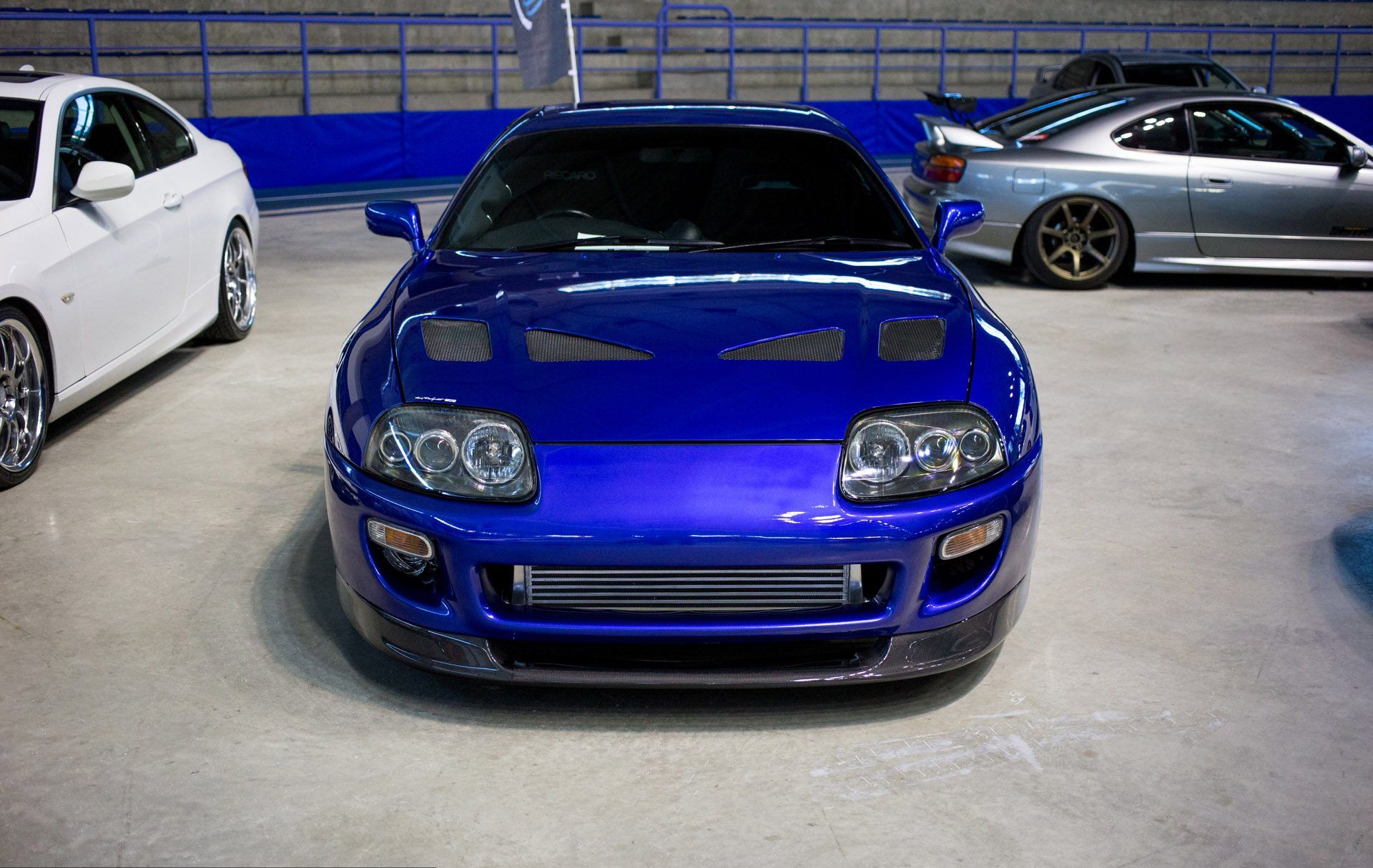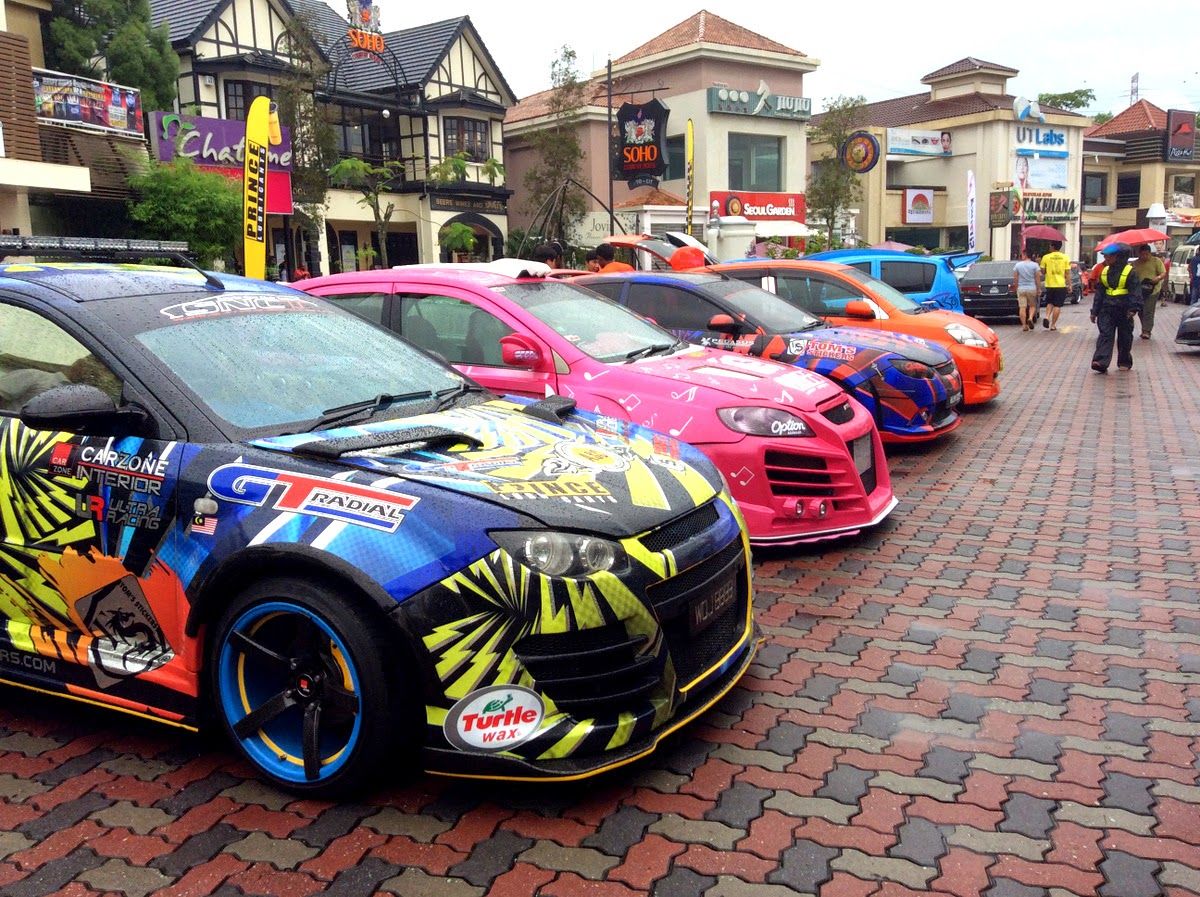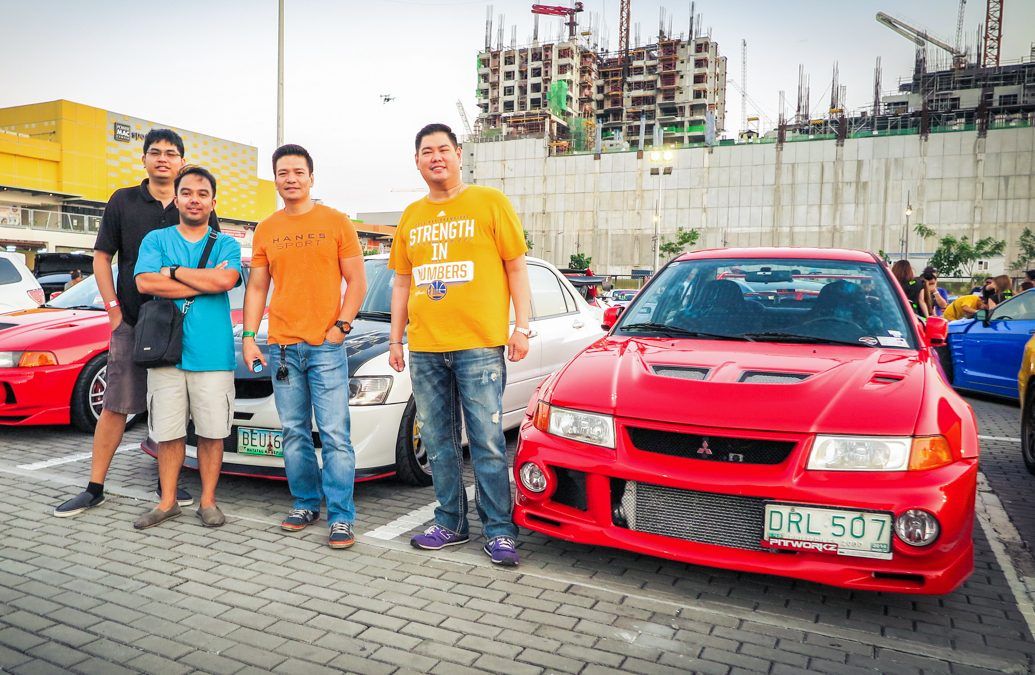Racing in the streets is an ancient way for adrenaline junkies to get their fix, and can actually be traced back to horse racing - which occurred on streets for centuries. Street racing with cars is as old as the automobile itself, but there was a huge growth in underground racing during the heyday of hot rods and muscle cars.
These days the underground racing scene seems to be slowly dying in some areas, mainly due to increased police efforts and government crackdowns, but also because several high-profile street racers have taken to legal racing on the tracks and drag strips.
Nevertheless, it's still popular with a certain demographic who doesn't seem to be fazed by the numerous accidents that occur every year, injuring drivers and passengers, even bystanders. Some claim that there's a rise in racing activity every time a new movie or video game featuring this kind of behavior is released, which could be true, but there are no official studies on the matter.
The roots of modern U.S. street racing can be traced back to Woodward Avenue, Michigan, where the three main Detroit-based American car companies were building their muscle cars back in the 1960s. Back then, a private racing venue wasn't always available, resulting in races being held on the streets.
While most underground racing is taking place on empty roads on city outskirts or in the countryside, there are some races that are being held in industrial complexes. Not everyone that races are involved in the underground scene, for some it's just a spur of the moment kind of thing with no planning in advance. A far cry from the well planned and coordinated efforts of those who live and breathe underground racing.
25 Denmark
With the Danish being famous for enjoying their spirited beverages, you'd think the underground racing scene would be crawling with intoxicated bystanders and other shenanigans. But that's not the case.
Even with hundreds of cars showing up from all over the country during the weekends, the Danish underground scene is mostly well-behaved. It's as much about the sense of community as it is about the racing. The Danes run a pretty tight ship, trying to minimize the presence of illegal substances and not letting anyone under the influence behind the wheel.
24 Poland
As Poland's economy picked up in the early 2000s, the illegal racing scene started growing. In fact, a decade ago, the whole car scene exploded and there was so much underground racing activity going on that the police couldn't keep up.
Unlike most other countries though, Poland tried a new approach. Instead of cracking down on this activity, they started legalizing it. Like the saying goes; if you can't beat them, organize them. The government bought timing equipment and closed down streets when the races where on, as well as providing fire trucks and ambulances free of charge.
23 United Kingdom
The British underground scene has got it all. There's the 'Boy Racers' who drive around in what's basically a mobile sound system, you have the drifters, motorway racers, of course, there is drag racing, and some rich and privileged people tearing up the roads in their exotic machines.
Police have been clamping down on this kind of behavior for years already, but the scene doesn't seem to shrink at all. Meeting up in industrial estate areas, there can sometimes be close to 500 car and hundreds of spectators showing up during the night.
22 Russia
If you've ever seen those youtube videos of insane traffic accidents you will have noticed that the majority of those are from Russia. For some, that 's clearly not enough though, they want more adrenaline, and racing is the way to get it.
There are people from all over the spectrum participating in these activities. Those who are well off, tend to drive high-end luxury cars, even SUVs get raced in Mother Russia. There's a bunch of old German cars being drifted and driven in ways they were never intended to, but the best one has to be the Lada racers. As far as the police intervening, you have nothing to worry about if you're well-known or rich.
21 Durban
The underground scene in Durban has faced some challenges. Durban once had a controlled environment for racing, what was once known as First Avenue was the local hotspot for racers to have fun. Following an incident that occurred this racing environment was shut down.
In addition, there have been acts of violence against people who have interrupted the races. Even with police trying to shut them down, Umgeni Road remains a popular spot for those who want to show off their vehicles and driving skills.
20 Turkey
As in most other countries, street racing is against the law in Turkey, but it has been a sub-culture there ever since the 1960s. Young, wealthy men used to race their muscle cars down Bağdat Avenue in Istanbul, and some of them even turned to professional rally or track racing.
During the boom of the GTI and hot hatch culture in the 80s and 90s, illegal street racing once again became popular as most people could afford a fast car. Due to a lot of accidents towards the end of the 1990s, the police presence was increased, but it has just forced the scene to move even further underground.
19 India
Driving in India is one of the most dangerous activities one can engage in, and that's just driving in regular traffic. Apparently, there are some people who don't think that's dangerous enough, and the last few years there has been an increase in racing-related fatalities.
Street racing with motorcycles is equally, if not more popular than car racing. Perhaps because small-displacement bikes are cheap to buy, and there are tons of aftermarket parts available for them, something that can easily make them faster than your average hot hatch.
18 Thailand
The Thai car scene is mostly cars from Japan, with a few from Germany and the U.S.A. thrown in for good measure. It's kind of a unique scene due to a mix between their culture and the strict import laws, meaning you'll see mostly smaller cars, but often with engine transplants - and occasionally, a massive turbo poking out somewhere.
Highway runs and drag racing seem to be the most popular forms of underground racing. Drifting used to be popular a few years back, but rear wheel drive cars are getting harder to come by these days.
17 New Zealand
New Zealand is another country with strict rules on vehicle modifications, yet underground racing is commonplace. Any major modifications to a car have to be inspected by a registered engineer, he then has to certify its roadworthiness within the Low Volume Vehicle Technical Association.
The LVVTA was created to service legal motorsport and responsible modifications only. Any unofficial racing is illegal and the police have been a whole arsenal of laws and equipment to use in order to fight it. Still, street racing is very common in New Zealand, with plenty of clubs racing on remote rural roads. Despite the popularity of racing on public roads, the rates of incidents remain relatively low.
16 Tokyo
Tokyo used to be home to the most notorious street racers in the world, the infamous Midnight Club, who raced on the Wangan motorway. Basically, they were an underground racing society doing top speed runs, and you could forget about joining unless your car could do at least 160mph.
The last few years, racing in Tokyo has simmered down a little. It hasn't completely disappeared, but it's nothing like it used to be - mostly due to more police presence. People still gather in car parks close to the highway, and they still race, it's just more secrecy and low profile stuff these days.
15 Osaka
In Osaka, you'll find the Kanjozoku, a group of street racers who have a fondness for the Honda Civic. With liveries imitating the racecars from a few decades ago and the loudest exhausts known to man, the Kanjozoku are tearing up the roads of Osaka.
Weaving back and forth, revving the engine so it bounces off the limiter, and other behaviors that might be considered anti-social are the trademarks of the Kanjozoku racers. Modified Civics aren't uncommon in Japan, but in Osaka, they have a special outlaw image.
14 Stockholm
Who hasn't seen at least one of the Getaway in Stockholm films? The bonus material on the DVDs is in some ways better than the crazy getaway driving, as it gives us a nice insight into the Swedish underground racing scene.
While you can find car enthusiasts all over Sweden, the guys in Stockholm seem to be a different breed, with a long-running automotive culture and a penchant for any illicit behavior you can think of when it comes to cars. The underground world of Stockholm’s street racing scene has been around for at least 40 years, it's incredibly well-organized, semi-professional and highly against the law.
13 Cape Town
Cape Town's street racers feel they are being victimized for harmless fun, and say the sport is safe and injuries are rare. That might be a slight exaggeration on their part, however, they are right when they say they are being targeted.
Even when taking their cars to the race tracks, they aren't safe from the police - who will sometimes wait for the event to finish and then issue tickets or arrest the racers for driving modified cars. This has led to the racers constantly changing the locations where they perform their races.
12 LA
Back in the 60s, there used to be a group of guys racing up Mulholland Drive. It was dangerous and totally against the law, but what self-respecting driving enthusiast can turn down a road like that? Of course, there was drag racing going on back then as well, and probably other things most of us have never heard of.
While the racing there grew all through the 90s and early 2000s, these days it's being hit so hard by police and government that several well-known people involved in the scene have moved on to racing on the track instead.
11 Beijing
The Beijing street racing scene might be a lot less mature than its overseas counterparts, but that doesn't make it any less intense. For the past decade or so, racers in the Chinese capital have been inspired by certain popular street racing movies to set up their own nightly high-speed runs.
There are various clubs to join in order to take part in the races. Even though what they're doing isn't legal, it doesn't mean they don't have their own set of rules to follow - like age and car requirements. Most Beijing racers come from wealthy families, and up until very recently, the police turned a blind eye to the racing. These days, not so much.
10 New York
Here's an interesting little fact for you; the story of The Fast and the Furious started in New York City. In May of 1998, before anyone had even thought about making the first movie in the F&F franchise, a story about a young Dominican drag racer named Rafael Estevez appeared in a VIBE magazine article. The piece told a story of the import tuner and street-racing culture in uptown Manhattan, the article named Racer X would be the start of the F&F movies.
However, there are plenty more racers in New York, and it's not all about drag racing either. Alex Roy set a record for the fastest driven lap around Manhattan, and it was later beaten by Adam "Afroduck" Tang.
9 Abu Dhabi
Abu Dhabi is full of incredible, drool-inducing exotic sportscars, and some people like to test the limits of these cars, or at least see if it's faster than the equally incredible car driving next to it. In order to combat such behavior, the police vow to crack down on street racers, impound their cars and prosecute them.
Speeding isn't the only thing that will get you into trouble though. Anyone participating in any gatherings that involve dangerous driving and drifting, as well as watching or sharing videos of dangerous driving and races on social media, will be held accountable. That's a bit harsh.
8 Canada
Street racing in Canada works pretty much the same way as it does in the United States. You'll find mostly the same cars, the same modifications and so on. Apparently, the Canadians are being a bit more sneaky when playing though. They like to use streets on jurisdictional borders. This way they can disappear a few blocks away, then continue when the police cruiser turns around.
Many of the racers like to use industrial parks and country roads out in the countryside. Most, but not all, say that racing on main streets is just asking for trouble.
7 Malaysia
There are claims that some Malaysian car clubs are being used as a front for underground racing. Of course, no one will ever admit to this, as the car club would risk being deregistered if they really were racing.
So car clubs are completely legal in Malaysia, but street racing is highly against the law - to the point where it's even against the law just to watch a race. Anyone caught racing there, risk having their license suspended, their vehicle confiscated, a big fine, and up to five years in prison!
6 Philippines
The car scene in the Philippines is varied, there's everything from Rice-racers to exotica... but cars from Japan and Korea are by far the most common. While some of the roads look like they've incorporated every great racetrack corner, they do take some skills to maneuver safely at high speed - with animals, mudslides, potholes, and other road users getting in the way of the fun. Apparently, that's how they separate the real racers from the wannabes
At night, the police won't pay much attention to the street racers, and there aren't as many people out on the roads either - perhaps making it just a little safer to go fast?! Street races vary from the usual drag races to point-to-point races.

